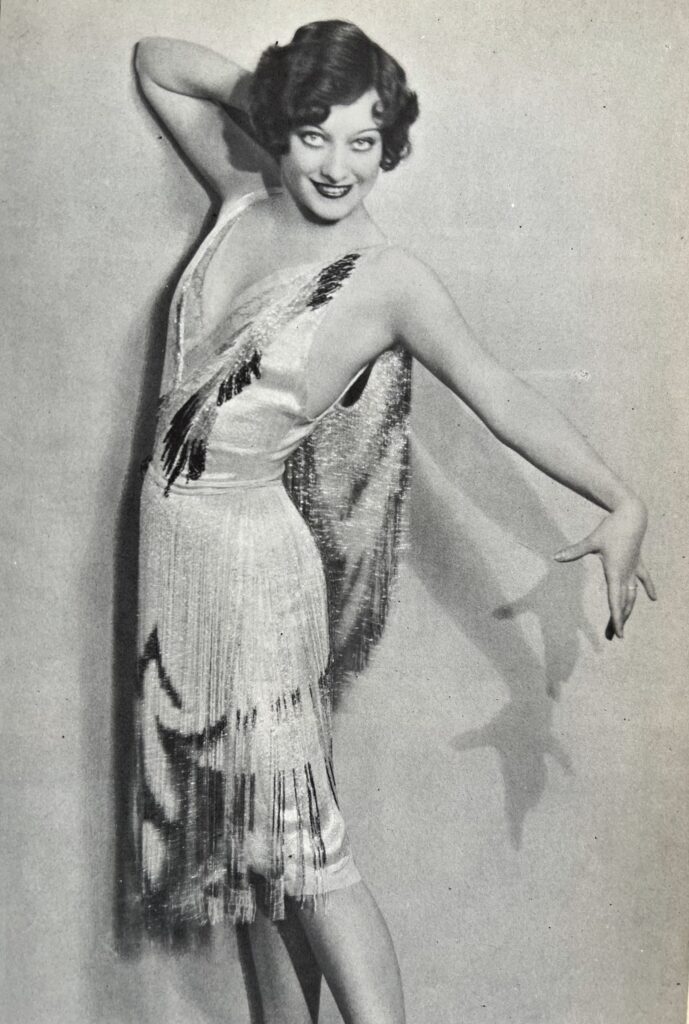
Who was the real Joan Crawford – larger than life superstar actress, evil witch of a mother, or maybe just a fascinating study in human psychology?
I located a rare copy of “Redbook” magazine from October 1960, featuring “The Revolt of Joan Crawford’s Daughter.” Reporter Morton Golding thoroughly documents the strained relationship of mother and eldest adopted daughter through interviews with Joan and Christina Crawford, as well as the people closest to them.



Communication at the dysfunctional Crawford home had broken down to the point that Joan and Christina, as well as adopted son Christopher, were barely speaking, and the actress had disinherited the two older children, leaving her estate to younger adopted twins Cathy and Cynthia. Christina Crawford ultimately had the last word when she retaliated with her vindictive memoir “Mommie Dearest,” published after Joan Crawford’s death on May 10th, 1977, when the actress was no longer able to defend herself.
In 1981, the Paramount film of the same name as the book was released and the Joan Crawford brouhaha increased exponentially. After all, Paramount had just weighed in on the matter, so people assumed the book’s allegations must be true! “Mommie Dearest,” that horrible phrase which Crawford purportedly insisted her children use to address her, became the basis for an endless series of jokes. Wire coat hanger references began popping up everywhere, inspired by the account in the book where Joan screamed at frightened little Christina to never use such hangers for her frilly dresses. Everyone jumped onto the “Mommie Dearest” bandwagon and there was even a cocktail lounge in my hometown of Indianapolis that offered the “Joan Crawford Cocktail” which sported a wire coat hanger swizzle stick.



Adrian design from Jan. 1937 “Photoplay” magazine

Author Morton Golding asks at the beginning of his 1960 article “Where did their relationship go wrong?” He continues “For the conflict between Joan Crawford and Christina has reached such intensity that when interviewed, mother and daughter often give completely contradictory versions of the same events.” The writer goes on to cite some examples, such as when daughter Christina recalled the family’s three-month trip through Europe after Joan’s marriage to businessman Alfred Steele as a “wonderful experience.” Golding then quotes Joan Crawford describing the same period as a “miserable time.” He writes on, “Christina, she felt, intruded on her privacy with her new husband and allowed them no time together. Mr. Steele too, the actress says, was not enchanted by the continual presence of a 16-year-old girl.”
Morton Golding goes on to relate the unfortunate experience the family had at Chadwick School, south of Los Angeles in Rolling Hills, California where the children of many celebrities attended. Christina recalled that she was thriving at the school, adored Joseph and Margaret Chadwick, the couple that ran the school, and that she was abruptly withdrawn by her mother and sent to the Flintridge Sacred Heart Catholic Academy with no warning.
Joan Crawford, Golding writes, maintained that Christina had been expelled from Chadwick School for a reason she could not disclose, that the Chadwicks had nothing but trouble with her daughter, and that no other school would accept her, save the Flintridge Sacred Heart Catholic Academy.
Strangely, when Morton Golding attempted to verify with the Chadwicks what had really happened, he received a telegram which read “From experience with Christina’s mother, we consider it unwise to involve Chadwick by making any public comment. Very sorry. Margaret Lee Chadwick.”



After Christina left Chadwick School, her mother forbade her to contact Joseph and Margaret Chadwick, however Christina did not heed the warning and in February 1956 went to visit the couple. Unfortunately for her, Joan Crawford found out and this resulted in Christina’s “punishment.” Not one member of her family was present at her high school graduation from the Flintridge Sacred Heart Academy in June 1956. “I was the only person in my entire graduating class with no relative at the graduation,” Christina stated. Joan Crawford’s response to this was, “She wanted to be on her own, so I let her.”
Ultimately, one line from “The Revolt of Joan Crawford’s Daughter” stood out in my mind. Morton Golding quotes Joan Crawford as saying of her relationship with eldest adopted daughter, Christina, “It has been 18 years of disappointment.”
What kind of a mother says that about a child? Is it no wonder that same child opted to strike back after her mother died, when she thought it could do the most damage?
Everyone must form their own opinion from this article, as I certainly have. I personally feel that Joan Crawford didn’t have to be the perfect parent, though, because she was the perfect actress, who was not only a great silent star, but also hit the top in the world of talkies. That’s no easy task!



